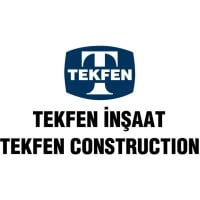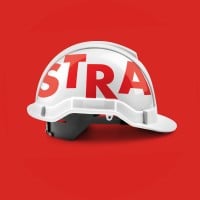
Tekfen Construction
Tekfen Contracting Group is one of the two most prominent groups of Tekfen Holding, with its more than 17 thousand employees, nearly 2 billion USD of active portfolio and over 330 projects undertaken successfully to date. The Group is considered as one of the biggest institutions in Turkey, in terms of value of its completed projects, and owns one of the largest construction machinery and equipment inventories in the country. Tekfen Contracting Group, whose origin goes back to 1956, is considered as one of the leading contractors of its region today, and is active in all aspects of contracting business including feasibility, engineering, construction, assembly, maintenance, project control, management and counseling.






